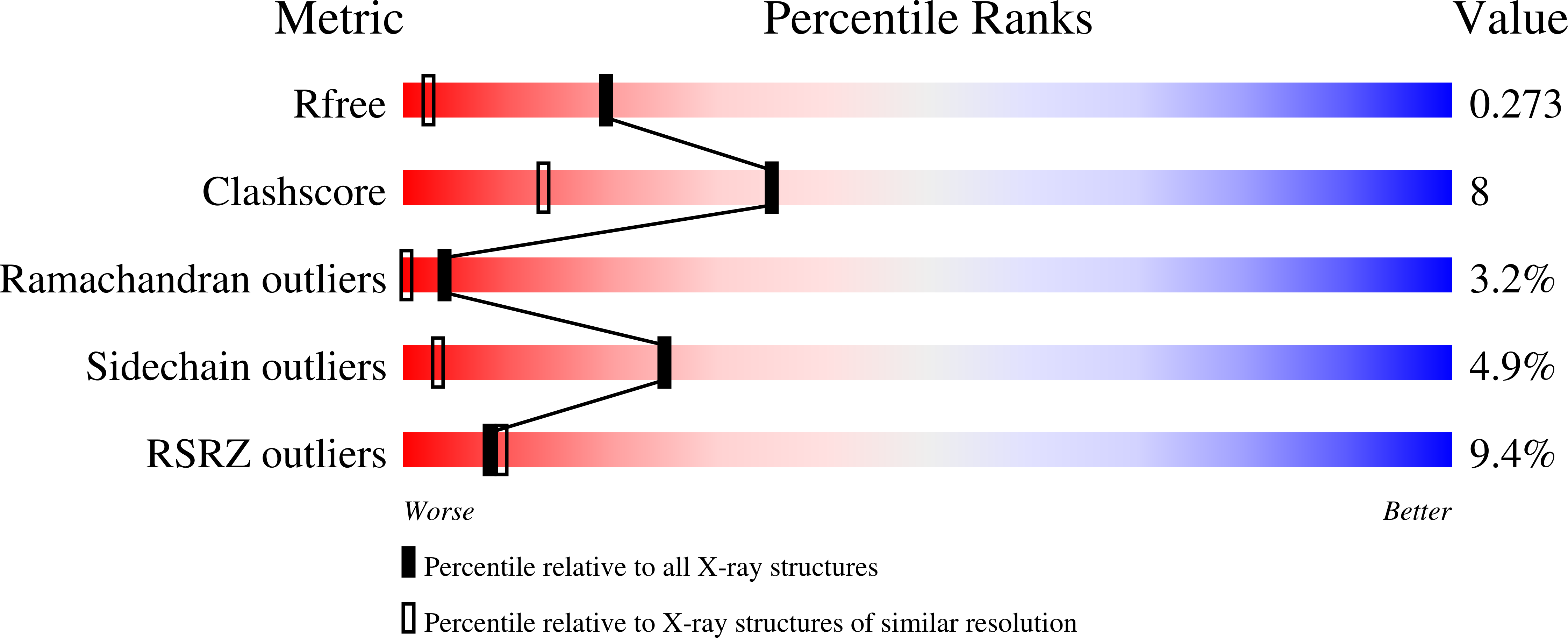
Deposition Date
2023-07-29
Release Date
2024-02-07
Last Version Date
2024-02-07
Entry Detail
PDB ID:
8Q0R
Keywords:
Title:
X-ray structure of MNEI mutant Mut9 (E23A, C41A, Y65R, S76Y)
Biological Source:
Source Organism:
Dioscoreophyllum cumminsii (Taxon ID: 3457)
Host Organism:
Method Details:
Experimental Method:
Resolution:
1.55 Å
R-Value Free:
0.27
R-Value Work:
0.22
Space Group:
C 1 2 1


